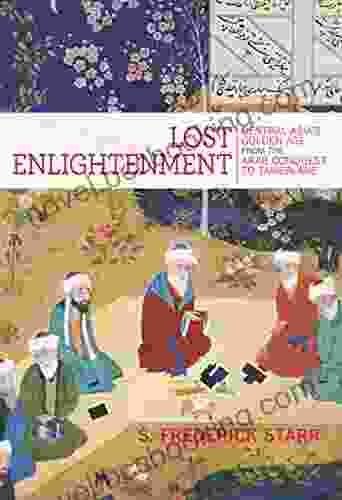Prologue: A Land of Crossroads and Empires
Central Asia, a vast and enigmatic region nestled between the Caspian Sea and the Pamir Mountains, has served as a crossroads of civilizations for centuries. Its strategic location on the Silk Road facilitated the exchange of goods, ideas, and cultures between East and West. From the steppes of Mongolia to the deserts of Arabia, Central Asia witnessed the rise and fall of numerous empires, each leaving a unique imprint on the region's cultural and historical landscape.
During the 8th century, the Arab conquest brought Islam to Central Asia, initiating a profound transformation that would shape the region's destiny. Over the next several centuries, Central Asia would become a hub of Islamic scholarship and learning, producing some of the greatest thinkers and scientists of the era.
4.7 out of 5
| Language | : | English |
| File size | : | 14828 KB |
| Text-to-Speech | : | Enabled |
| Screen Reader | : | Supported |
| Enhanced typesetting | : | Enabled |
| Word Wise | : | Enabled |
| Print length | : | 697 pages |
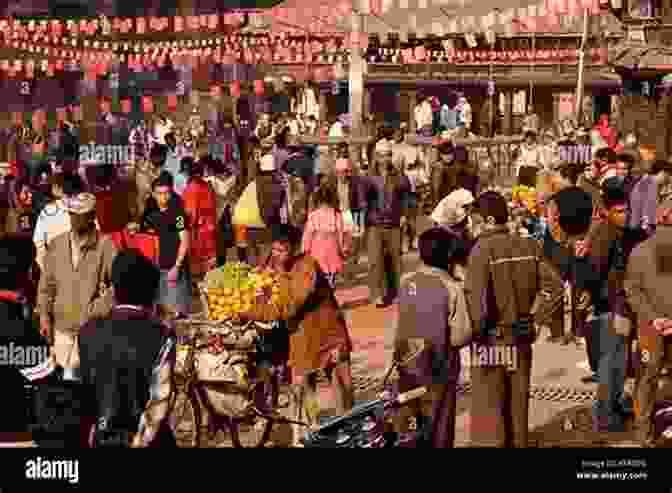
A Flowering of Culture and Science
The Golden Age of Central Asia witnessed an extraordinary flourishing of culture and science. Cities like Samarkand, Bukhara, and Khiva emerged as centers of learning and artistic production, attracting scholars, poets, and artists from across the Islamic world.
Art and Architecture
Central Asian art and architecture during this period exhibited a remarkable fusion of Islamic and local traditions. The region's distinctive turquoise domes, intricate mosaics, and geometric patterns are a testament to the artistic brilliance of the era. Renowned architects like al-Biruni and Abu Rayhan al-Biruni designed magnificent structures that showcased Central Asia's architectural prowess.
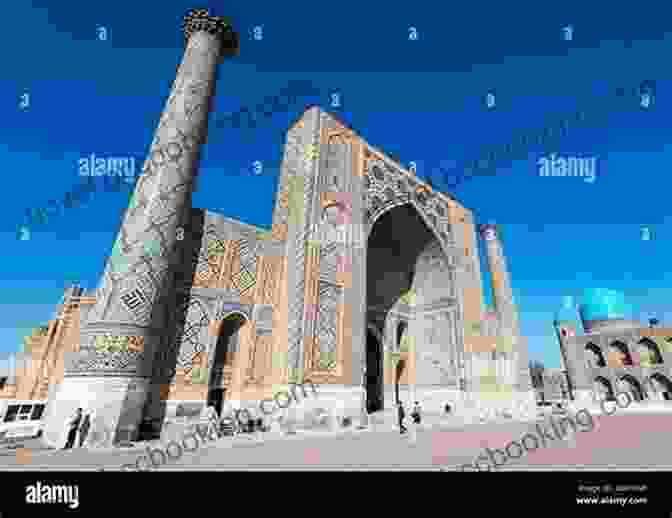
Literature and Science
Central Asia's Golden Age also marked a golden age for literature and science. Poets like Rudaki, Firdausi, and Nizami produced epic masterpieces that celebrated the region's rich cultural heritage and expressed the human condition with profound beauty. Scholars like al-Farabi, Avicenna, and al-Khwarizmi made groundbreaking contributions to philosophy, medicine, and mathematics, their works shaping the intellectual landscape of both East and West.
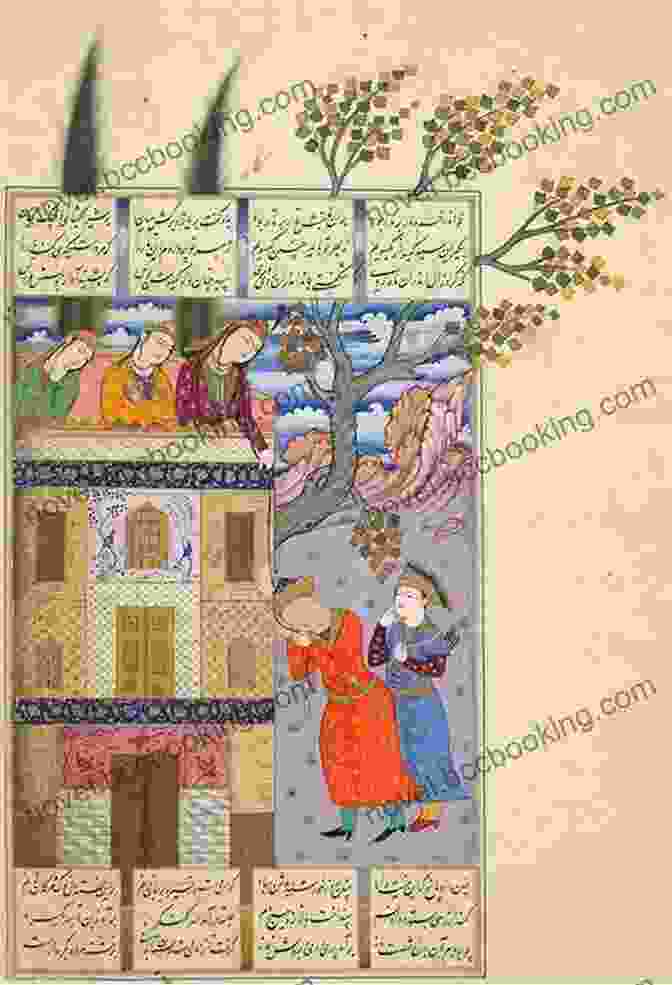
A Hub of Trade and Commerce
Central Asia's strategic location on the Silk Road made it a vital hub for trade and commerce. Caravans laden with goods from China, India, Persia, and the Middle East traversed the region's vast deserts and mountain passes, connecting different cultures and economies.
Central Asian cities like Bukhara and Samarkand became important trading centers, where goods were exchanged, taxes were collected, and merchants from all corners of the world gathered to conduct business. The region's prosperity attracted travelers and adventurers like Marco Polo, whose accounts of Central Asia's wealth and splendor fascinated Europeans.

Tamerlane: The Last Great Conqueror
The Golden Age of Central Asia reached its zenith under the reign of Timur, known as Tamerlane. A brilliant military strategist and ruthless conqueror, Tamerlane expanded his empire from Central Asia to the bFree Downloads of China and India, creating one of the largest empires in history.
Tamerlane was not only a conqueror but also a patron of the arts and sciences. He commissioned magnificent buildings, including the spectacular Bibi-Khanym Mosque in Samarkand, and supported scholars and artists from across his vast empire. Tamerlane's rule, while marked by violence and bloodshed, also marked the culmination of Central Asia's Golden Age.
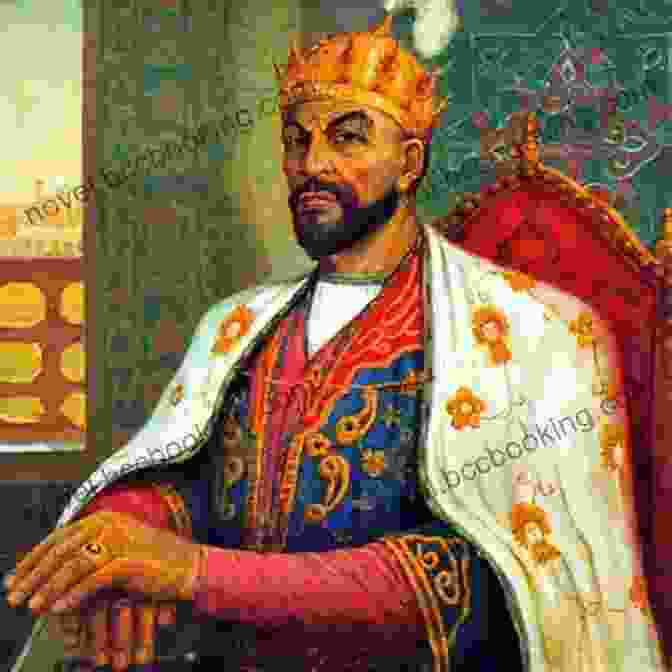
An Enduring Legacy
The Golden Age of Central Asia left an enduring legacy on world civilization. The region's cultural and scientific achievements continue to inspire and captivate to this day. From the exquisite art and architecture to the groundbreaking works of literature and science, Central Asia's Golden Age stands as a testament to the human capacity for innovation and creativity.
Today, the cities of Central Asia, once bustling centers of trade and learning, are once again experiencing a resurgence of cultural and economic activity. As the region rediscovers its rich past, it is poised to play a vital role in shaping the future of the global community.



